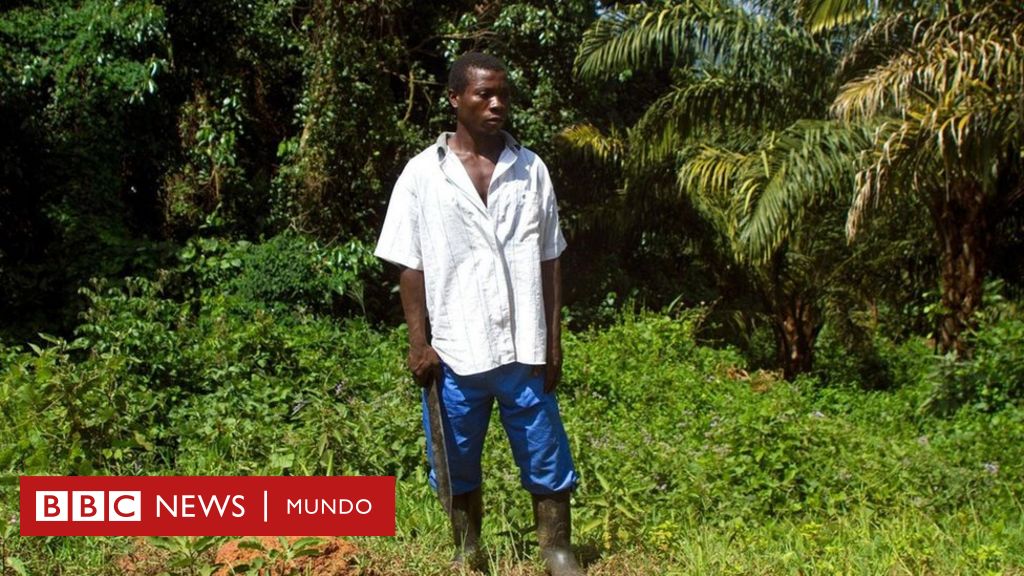Science. – A metabolic ‘trick’ that makes phytoplankton resilient to warming – Publimetro México
:quality(70)/cloudfront-us-east-1.images.arcpublishing.com/metroworldnews/JNQJM27YQ5AIXLCLDG226IBUSU.jpg)
Madrid, 22 (Europe Press)
Combining data from the long-running Hawaii Ocean Time-series program with new climate model simulations running on one of South Korea’s fastest supercomputers, scientists have revealed that a mechanism, known as nutrient uptake elasticity, allows seaweeds to adapt and deal with nutrient poverty. Ocean conditions are expected to occur in the coming decades in response to global warming in the upper ocean.
Phytoplankton are small algae that float on the surface of the ocean and form the basis of the marine food web. By performing photosynthesis, these algae absorb nutrients (such as phosphates and nitrates), absorb dissolved carbon dioxide, and release oxygen, which makes up about 50% of the oxygen we breathe. Knowing how marine algae respond to global warming and associated nutrient declines in upper ocean waters is critical to understanding our planet’s long-term habitability.
How the annual rate of phytoplankton production will change globally in the next 80 years remains highly uncertain. The most recent report from the Intergovernmental Panel on Climate Change (IPCC) sets an uncertainty of -20% to +20%, indicating uncertainty about whether phytoplankton will increase or decrease in the future.
Global warming affects the upper layers of the ocean more than the deep layers. Warmer water is lighter, so the upper layer of the ocean will become more layered in the future, reducing the mixing of nutrients from below the surface into the sunlit layer, where the phytoplankton are. Previous studies indicated that expected near-surface nutrient depletion would lead to a significant decrease in oceanic phytoplankton production, with widespread and potentially catastrophic effects on both marine ecosystems and climate.
But according to new research, this may not happen. A new analysis of upper ocean phytoplankton data from the Hawaiian Ocean Time Series program shows that productivity can be maintained, even under conditions of extreme nutrient scarcity.
Explaining the concept of phytoplankton’s resilience, study co-author David Carle, professor of oceanography at the University of Hawaii and co-founder of the Hawaii Ocean Time-series program, explains.
Further evidence of plasticity is that in subtropical regions, where nutrient concentrations in surface waters are low, algae absorb less phosphorus per amount of carbon stored in their cells, compared to the global average.

“Award-winning zombie scholar. Music practitioner. Food expert. Troublemaker.”


/cloudfront-eu-central-1.images.arcpublishing.com/prisa/AHVYMMDSTZDTDBFNZ3LMFUOKNE.jpg)








